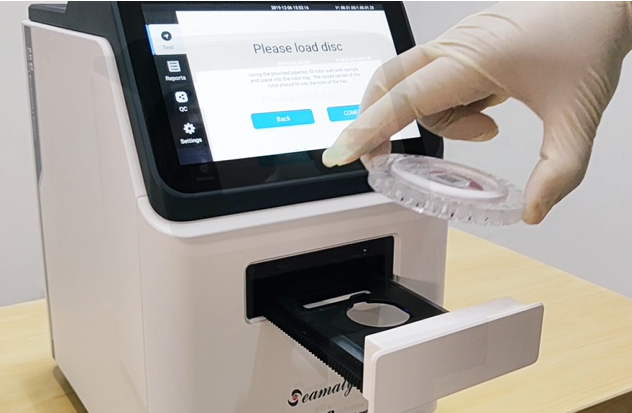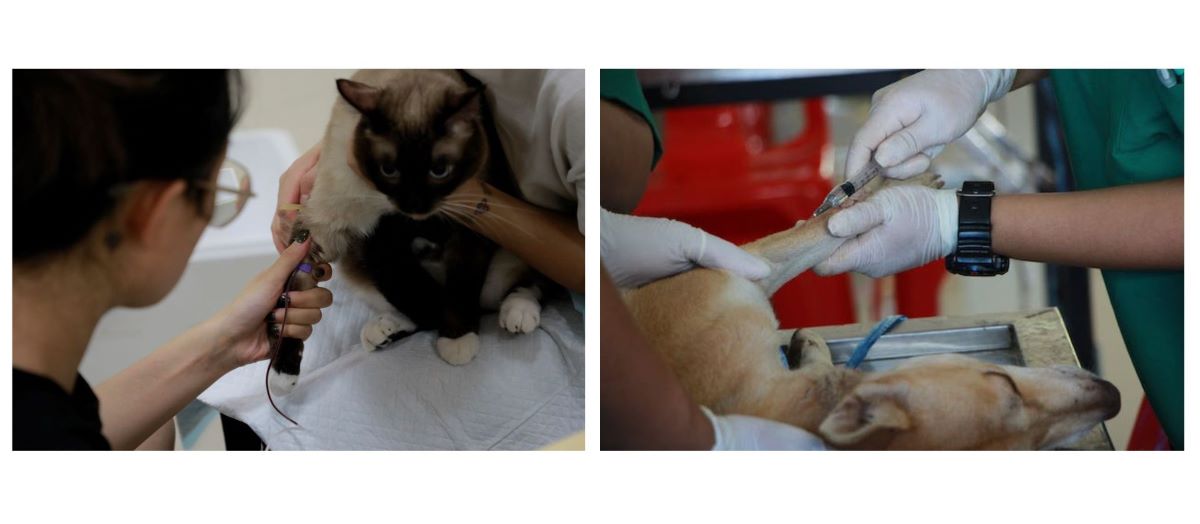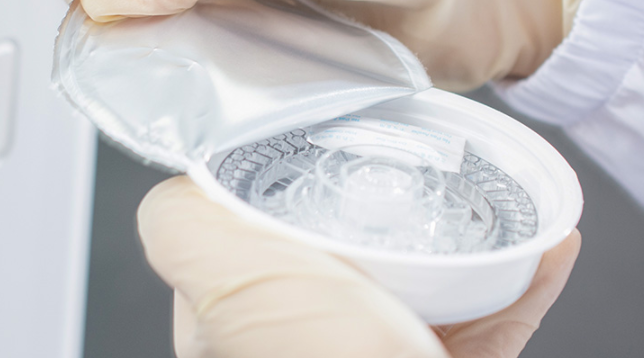release time:2021-09-30 10:51:34

Chengdu Seamaty Technology has introduced many portable fully automated biochemical analyzers. For example, the SD1 dry biochemistry analyzer not only automatically identifies samples and reagents with barcodes, but also automatically cleans them. the SD1 biochemistry analyzer effectively prevents cross-contamination.

2024-09-23
Explore the basics and benefits of pet blood tests, including their role in diagnosing diseases, monitoring health, and the specialized equipment used for accurate results.

2023-09-08
Explore the 2024 landscape of Point of Care Testing (POCT) with insights on trends shaping healthcare diagnostics. Discover the shift toward specialized clinical departments, tailored product designs, disease-specific testing panels, and the importance of academic promotion. Stay ahead in the evolving world of POCT products.

2022-01-20
Compared to traditional in vitro diagnostic products, microfluidic devices offer 5 advantages.